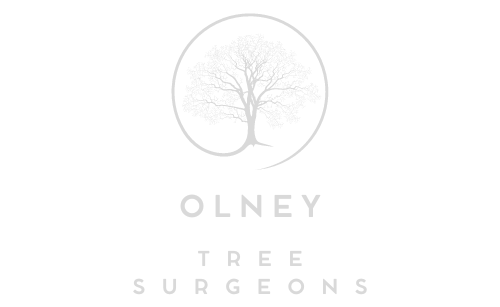Tree Trimming Techniques for Removing Deadwood
Introduction: Deadwood, as the name suggests, refers to the branches and twigs of a tree that have died or become lifeless. While deadwood may seem harmless, it can pose severe risks to the tree’s health and the safety of your property. Removing deadwood is an essential aspect of tree care, and in this blog post, we’ll explore some tree trimming techniques to eliminate deadwood effectively. At Olney Tree Surgeons, we understand the importance of maintaining healthy trees and are here to share our expertise.
- The Importance of Removing Deadwood
Safety First:
Deadwood can pose a significant safety hazard. These branches are likelier to break and fall, especially during strong winds or storms. Removing deadwood reduces the risk of property damage and ensures the safety of people and pets in your vicinity.
Tree Health:
Deadwood can act as an entry point for pests and diseases, which can spread throughout the tree. By removing deadwood promptly, you can prevent the deterioration of the entire tree’s health.
Aesthetics:
Dead branches can make a tree look unsightly and unkempt. Trimming deadwood enhances the tree’s appearance and contributes to the overall beauty of your landscape.
- Tree Trimming Techniques for Removing Deadwood
Assessment:
Start by assessing the tree to identify deadwood. Look for branches that lack leaves or have brittle, dry bark. These are common signs of deadwood.
Choose the Right Tools:
You’ll need the appropriate tools to effectively remove deadwood, including pruning shears, loppers, and a pruning saw for larger branches. Ensure your tools are sharp and in good condition to make clean cuts.
Selective Pruning:
When trimming deadwood, practice selective pruning. Carefully inspect each branch and only remove the dead or dying sections, leaving the healthy portions intact. Make cuts just outside the branch collar, the slightly swollen area where the branch attaches to the trunk.
Safety Gear:
Always prioritise safety. Wear appropriate protective gear, including gloves, eye protection, and a helmet if working on larger branches. Keep others at a safe distance while performing tree trimming.
Branch Size Matters:
For smaller dead branches, use pruning shears or loppers. For larger, thicker deadwood, employ a pruning saw. Be cautious when working on larger branches, as they may be under tension and can spring back when cut.
Avoid Over-Pruning:
While removing deadwood is essential, avoid over-pruning, as this can stress the tree. A professional tree surgeon can help determine the right balance between deadwood removal and maintaining the tree’s overall health.
Dispose of Deadwood Properly:
Once you’ve removed the deadwood, dispose of it properly. You can use it for firewood or mulch, or arrange for local yard waste collection services to take it away.
Conclusion: Removing deadwood from trees is crucial for safety, health, and aesthetics. Following these tree trimming techniques can effectively eliminate deadwood and enjoy a safer, healthier, and more beautiful landscape. However, if you’re unsure about tackling this task alone or dealing with large trees, it’s advisable to consult with professionals like Olney Tree Surgeons. We have the expertise and experience to assess and address deadwood issues while preserving the vitality of your trees. Don’t hesitate to ask for expert assistance in maintaining your trees’ health and beauty.
Call us on: 01234 981 895
Click here to find out more about Olney Tree Surgeons
Click here to complete our contact form and see how we can help with your tree’s needs.

